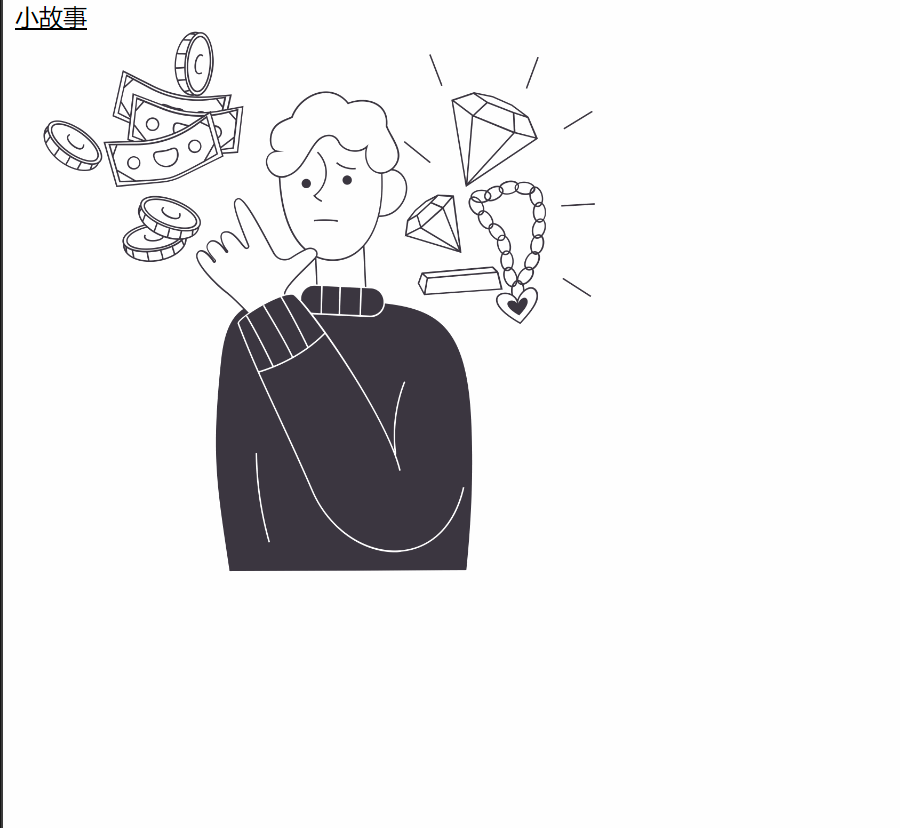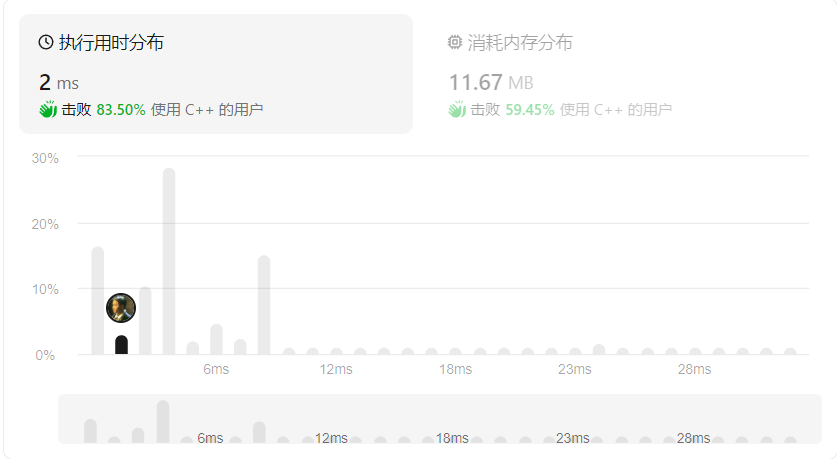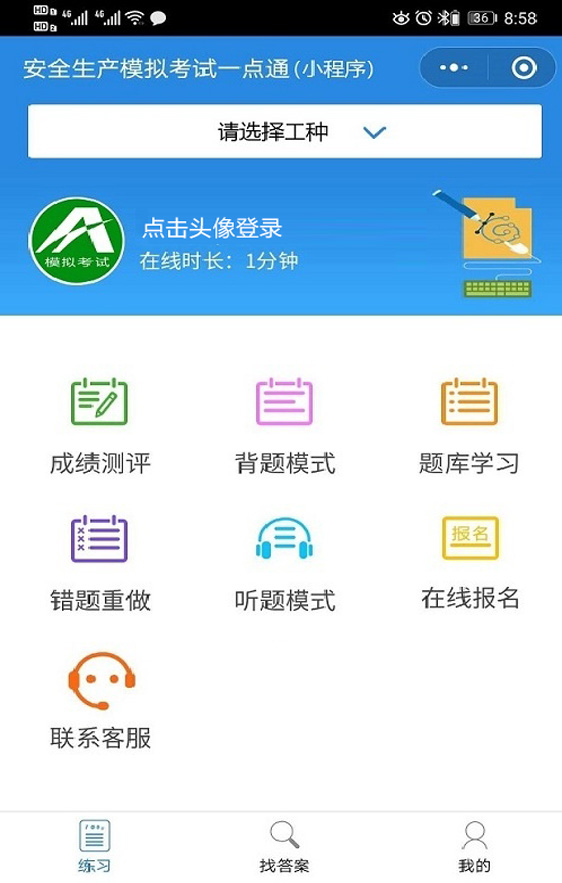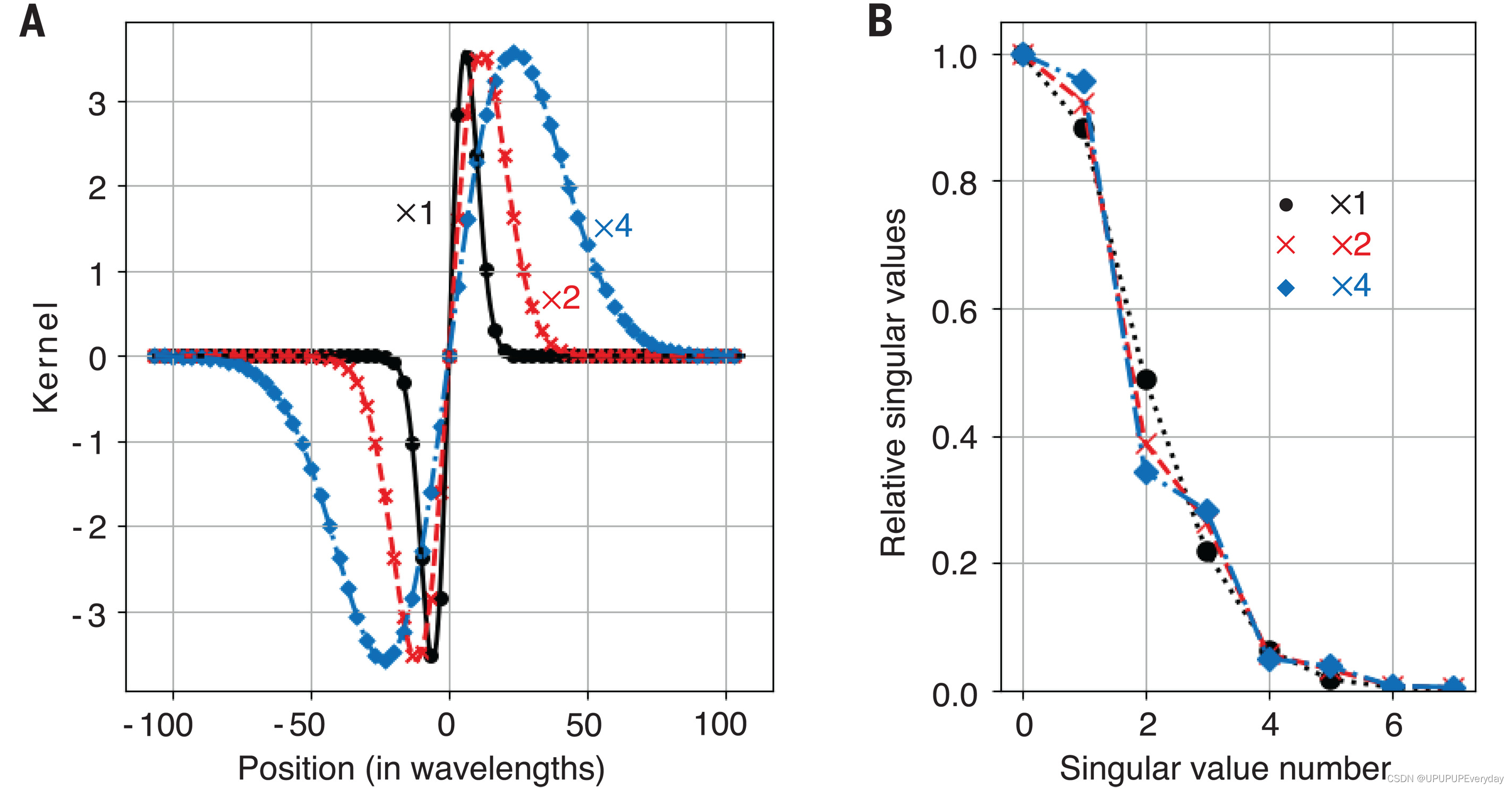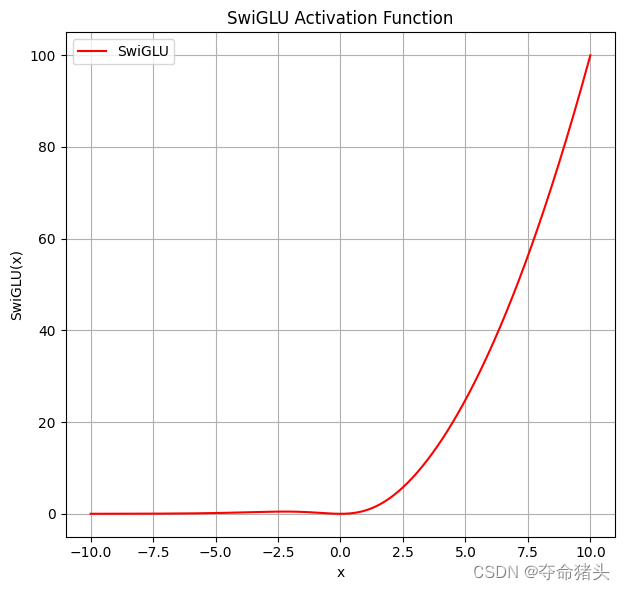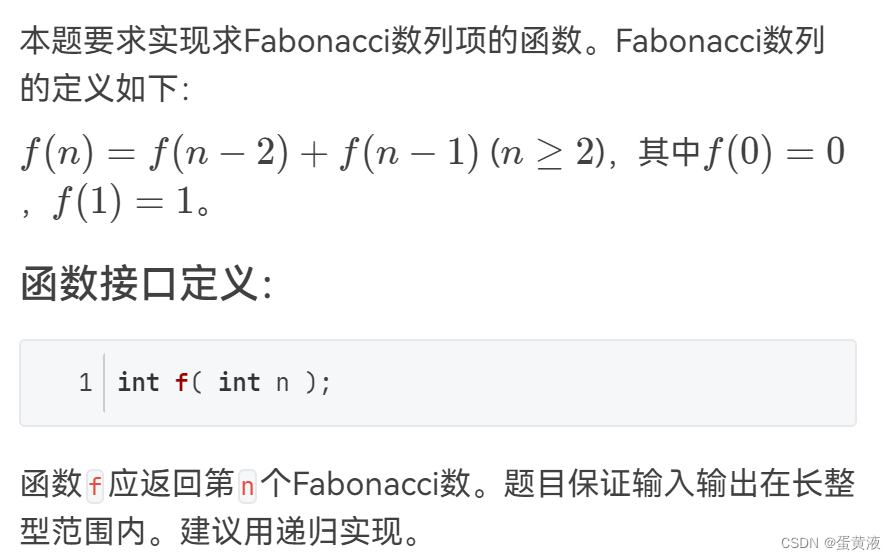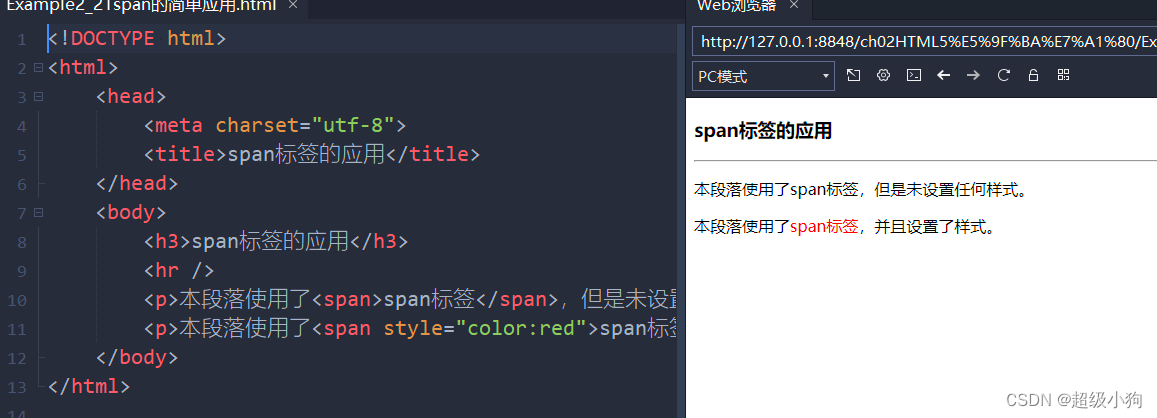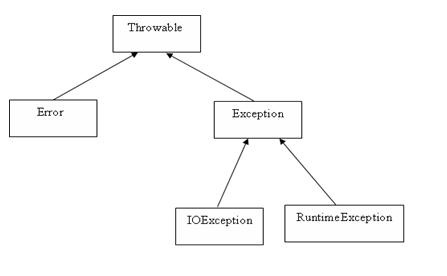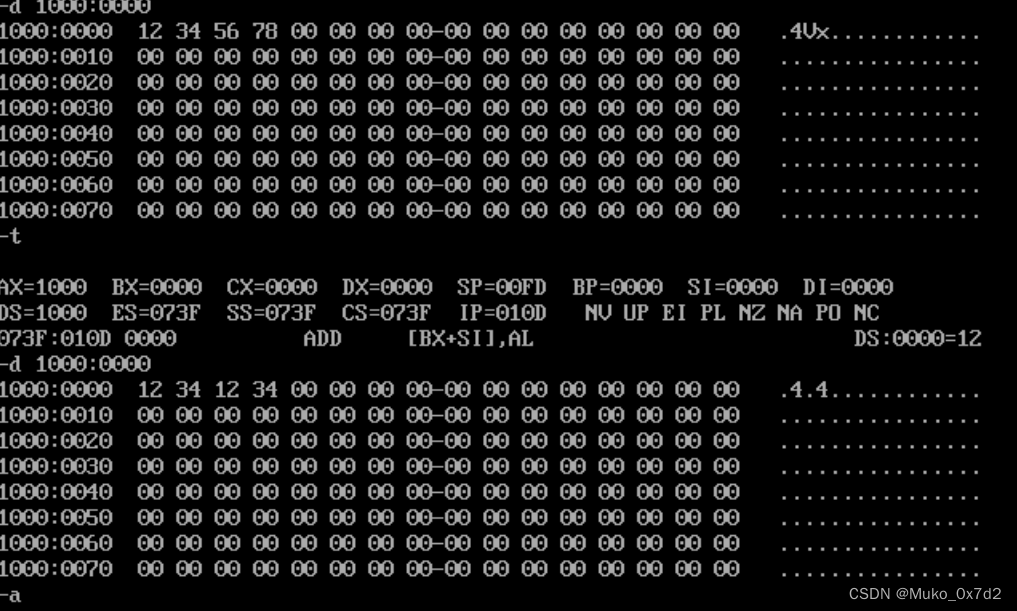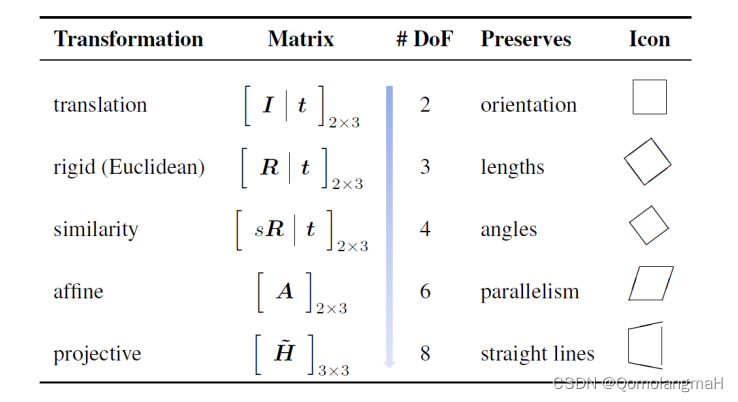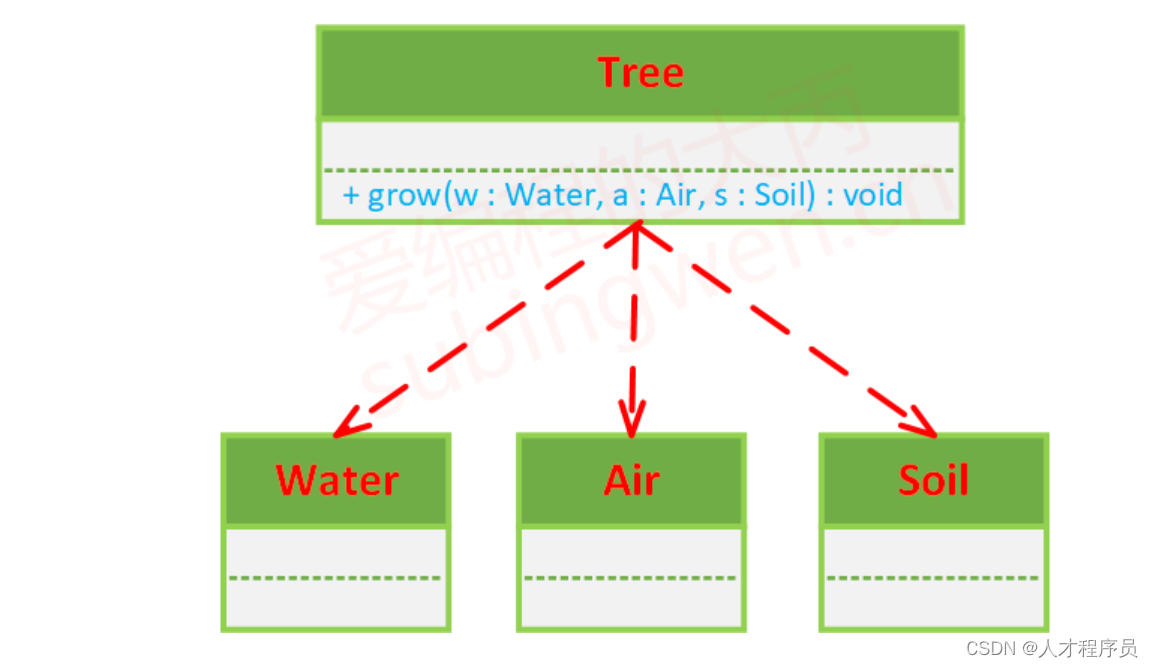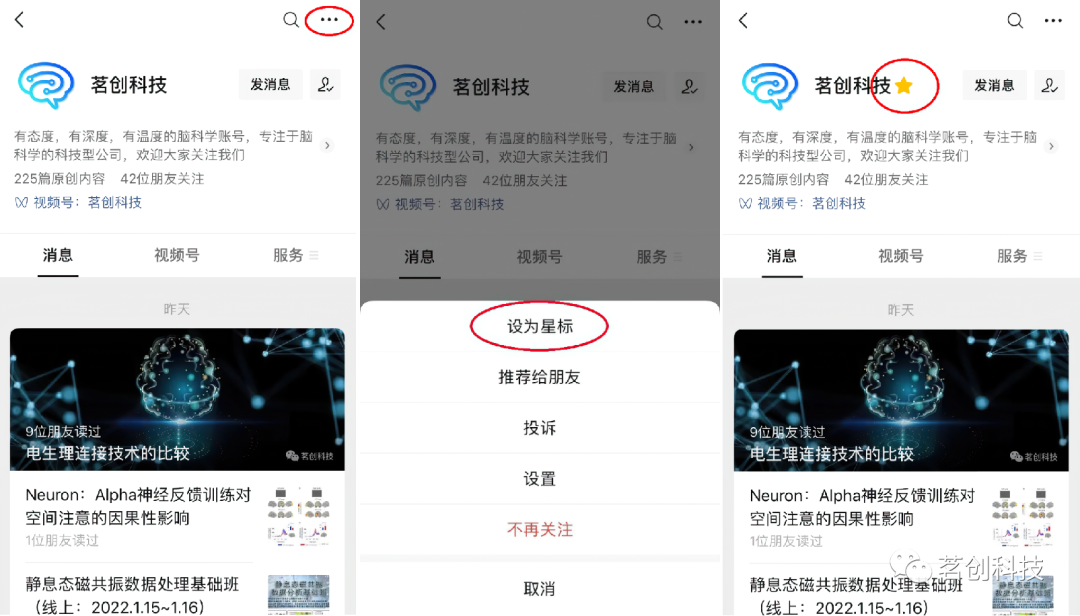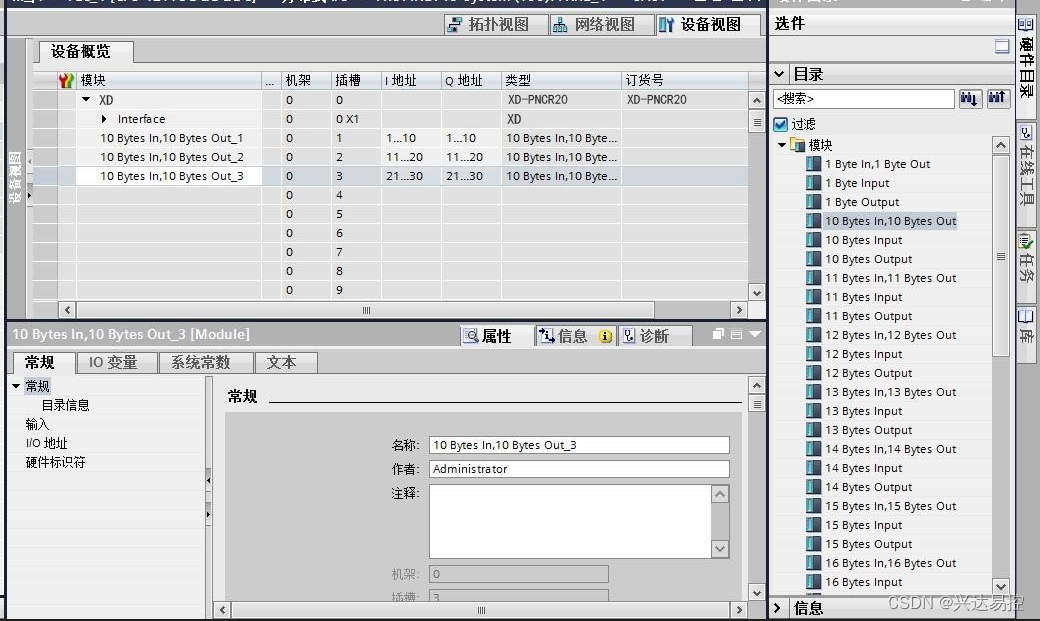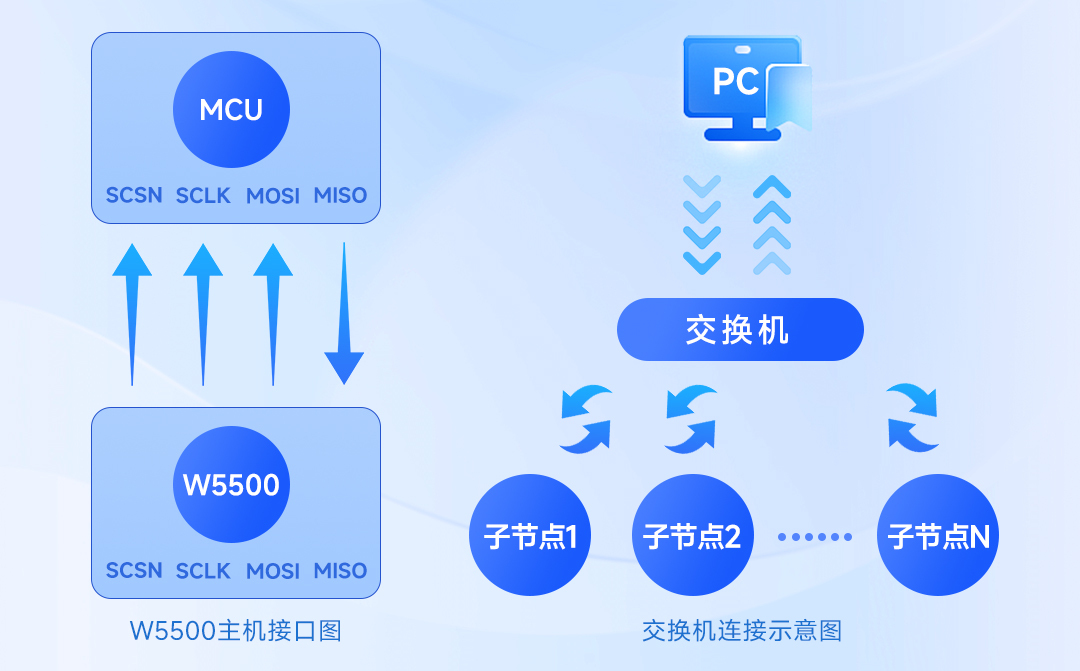注释很详细,直接上代码
新增内容:
1.链接伪类的使用顺序规范
2.链接伪类的使用效果
3.浏览器安全策略对visited伪类造成的影响
4.visited伪类的工作原理
源码:
index.html
<!DOCTYPE html>
<html lang="en">
<head>
<meta charset="UTF-8">
<meta name="viewport" content="width=device-width, initial-scale=1.0">
<title>Document</title>
<link rel="stylesheet" href="./index.css">
</head>
<body>
<a href="#">小故事</a>
</body>
</html>
index.css
/*链接伪类的顺序是会有影响的,演示的是我们应该使用的顺序,此处可简记为LV HAO(lv包包好)🤣🤣🤣*/
a{
color: black;
}
/* a标签未被点击时的样式 */
a:link{
display: inline-block;
width: 400px;
height: 400px;
background-size: 400px;
background-image: url(./img/1.png);
}
/* a标签被点击时的样式 */
/* 只要在浏览器进去点过就会一直触发,因为这是使用浏览器历史记录判断的
如果还想回到原来的黑色可以清理浏览器缓存,快捷键是shift+ctrl+del */
/* 其实我们这个修改背景图片是无法显示的,因为浏览器安全策略为了防止网站以次窃取用户隐私
所以我们只能修改字体颜色 */
a:visited{
display: inline-block;
width: 400px;
height: 400px;
background-size: 400px;
background-image: url(./img/4.png);
color: red;
}
/* a标签被鼠标悬浮时的样式 */
a:hover{
display: inline-block;
width: 400px;
height: 400px;
background-size: 400px;
background-image: url(./img/2.png);
}
/* a标签被点击时的样式 */
a:active{
display: inline-block;
width: 400px;
height: 400px;
background-size: 400px;
background-image: url(./img/3.png);
}
效果演示:
